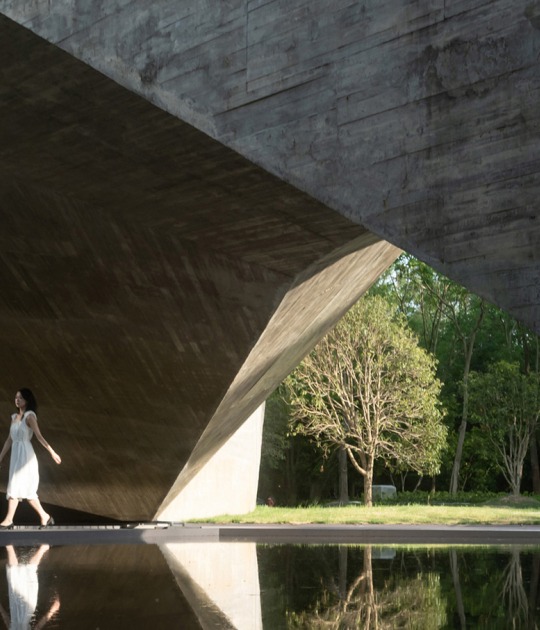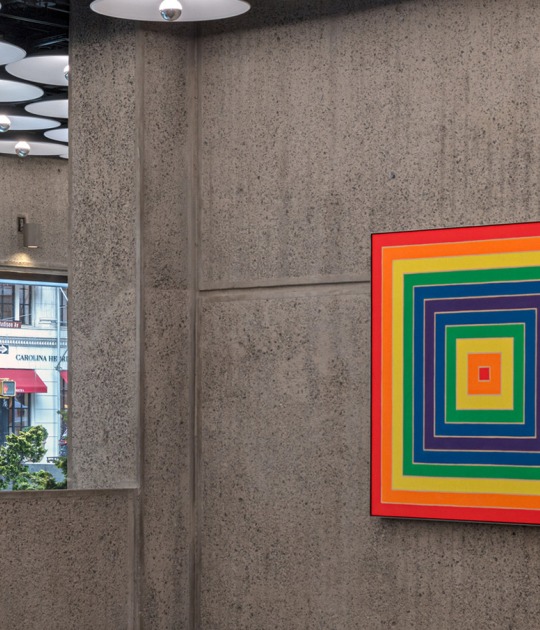This new route begins at the access to the site of the first phase of the project, recovering the passage through the original door. The terrace of the highest level is recovered as a viewpoint and this space is linked to the chapel through wooden slatted stairs. In addition, to contain the earth from the upper terrace, the material arising from the excavation is reused and a cyclopean concrete wall is generated, differentiated by its textures from the original wall.
Description of project by Carles Enrich Studio
The project responds to phase two of the Master Plan for Jorba Castle, drawn up in 2015, continuing the recovery of the approach to the site via the northern slope of Puig de la Guàrdia. Earthworks during the archaeological excavation revealed buried structures that offered a better understanding of the castle complex and aroused interest in continuing the project.
Discovery of the chapel
Phase two began in 2019 with the aim of completing an itinerary through the historical phases of the castle, recovering the terrace on the upper level as a vantage point that overlooks the territory and starting the tasks of prospecting the first walled enclosure. The excavation process revealed the structure of a small twelfth-century chapel of 60 m2, comprising three four-metre-high walls with a series of decorative elements that date from the sixteenth century. They feature very well preserved seventeenth-century sgraffito and bevelling. The different layers recorded in these walls are a reflection of the multiple uses of the chapel over the years, and it was decided to preserve this heritage for an improved understanding of the castle’s history.
The project addresses this discovery and proposed covering the space to keep it dry and allow future archaeological work. The roof takes the form of a lightweight laminated timber structure that respects the passage of history, with facings of polycarbonate sheet to enhance natural lighting. Difficult access and the irregular geometry of the walls make it impossible to work with prefabricated elements, leading to the choice of a lightweight construction system built on site. The new structure adapts to what was already there and is supported at points by threaded rods that use the original foundation, thereby making it reversible.
Landscape intervention
This discovery brings a new approach to the project, proposing a landscape itinerary through the first two phases of the castle’s history and ending inside the chapel.
The route begins at the entrance to the site, recovering the original gateway. The upper terrace is recovered by lowering ground level to the original paving, turning the space into a vantage point with views of the traces of the old thoroughfare that connected Barcelona with Lleida. The boundary is defined by a change in section, rebuilding the retaining wall 90 cm below the level of the original paving and acknowledging its horizontal plane with a rod as a railing. Stairways of three 90-cm-wide runs of steps with wooden slats on a bed of leftover stones link this level to the entrance to the chapel, four metres below, thereby completing the landscape itinerary.
The place as material
All the material excavated in the archaeological dig was reused. The stones go to form a cyclopean concrete wall that retains the earth of the upper terrace and guarantees the stability of the whole. Different sizes of stones and lime mortar with variable proportions of sand were used to create textures that differ from the original wall, offering a reading by contrast. The earth produced by the excavation was reused to generate an entrance platform, as well as the new floor of the chapel. The remaining stones were amassed on the upper level and some reinterpreted as benches at the chapel entrance.
To make the route easy to follow and mark out the area that can be visited, a rope anchored to the ground by corrugated rods connects all the spaces.



























































































